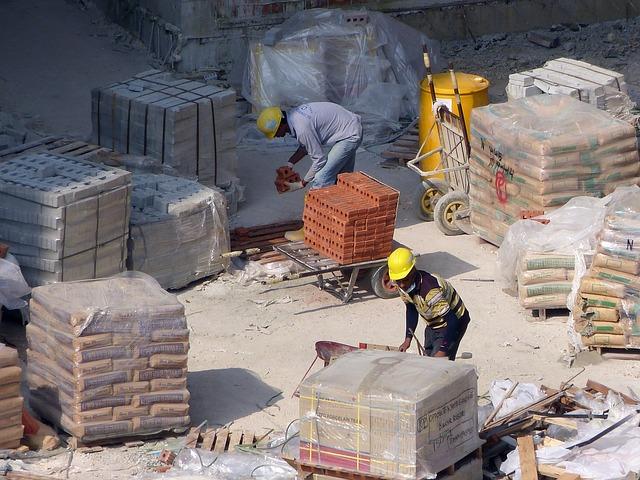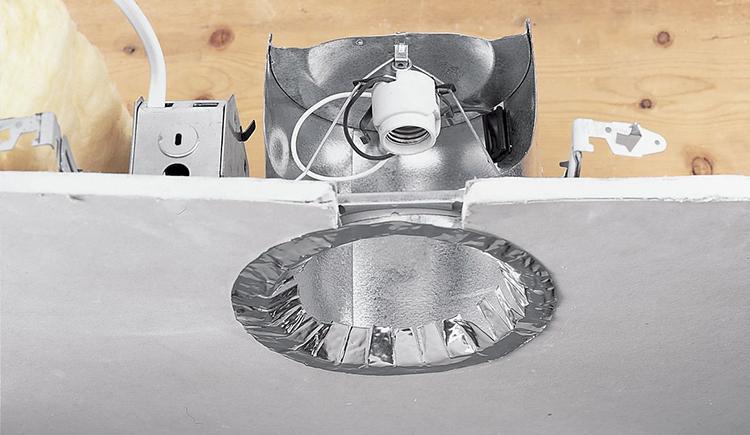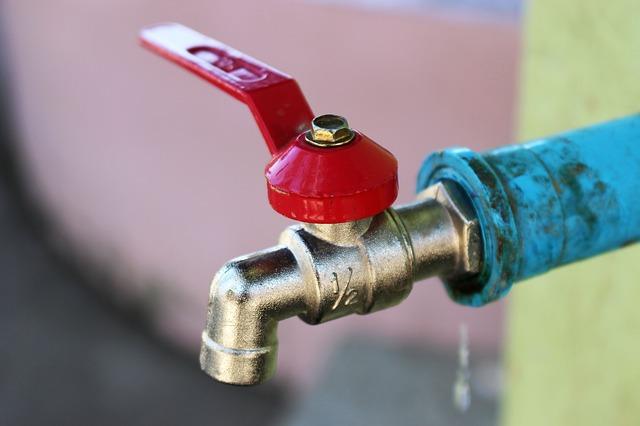
By definition, a construction site is an area or piece of land where building construction or construction works are carried out.
Construction, on the other hand, is the art and science of building something, typically a large object.
A construction site is quite a dangerous place to work; thousands of people get injured on-site every year. This is because a lot of heavy-duty equipment and tools are used on the construction site. And this might result in accidents or casualties if they are not properly used.
Types of Equipment Used in Construction Sites
It is pertinent to note that the big machinery listed here can cause serious injuries to workers.
Hence, employers need to mitigate safety hazards for construction workers, and workers equally need to take a lot of precautionary measures while working with the pieces of equipment.

The equipment types used in construction sites include the following.
-
Earth Moving Equipment
These are heavy-duty machines that can excavate and grade soil and rock. They help to fasten earthwork, materials handling, demolition, and construction. They include excavators, graders, loaders, and skip loaders.
-
Construction Vehicles
These include tippers, dumpers, trailers, and tankers. They are mostly used to carry or transport construction materials from one site or place to another.
-
Material Handling Equipment
They help to move large and heavy materials on the site. They include cranes, conveyors, hoists, and forklifts.
-
Construction Equipment
They include concrete mixture, compactors, pavers, and road rollers. These are also heavy-duty vehicles that are designed for executing construction tasks.
How to Avoid Hazards in Construction Sites
Protecting employees has to do with making them have adequate knowledge of the risks that might likely occur and offering them the appropriate training and protective gear to ensure that they make it home safely from the site after work.

Below are some of the ways to protect workers from construction site hazards.
-
Awareness
Employers should ensure that workers are aware of the possible hazards before getting to the construction sites.
-
Training
The Occupational Safety and Health Administration (OSHA) and other organizations have published resources to help businesses train their laborers/workers on standard safety measures and security practices.
-
Communication
There should be adequate provision for communication devices like smartphones, walkie-talkies, or headsets to allow fast and efficient communication among team members.
- Proper Equipment
Employers should provide their employees with adequate PPE (Personal Protective Equipment). Also, there should be plenty of water available on-site as well as a shade where workers can rest to prevent dehydration and exposure-related illnesses.
-
Supervision
A supervisor, who is capable of enforcing safety standards with no exceptions, should be on-site at all times.
10 Main Hazards in Construction Sites
1. Working at Height

This is the most common cause of fatal injuries and has become a daily risk for construction workers. Working at height includes working on a roof, using vertical ladders, working on a wind turbine, and working on below-level walkways.
Injuries can be caused by unstable working surfaces, restricted movement and accessibility in high up places, the chance of human error, and misuse or failure of safety equipment.
Hence, the site manager should ensure that work is properly planned, organized, risk assessed, controlled, supervised, and carried out with a safe system of work. Also, equipment should be checked for competence, and employees should have the required training and knowledge to undertake the work safely.
2. Collapse
A building can accidentally collapse when structures are being demolished, installed, or erected. Collapsing of trenches with workers inside them is a very common occurrence on-site.
This can lead to severe injuries and death. Therefore, supervisors should ensure that the trench is fully secured and regularly inspected before and during every work shift.
They should equally consider the kind of support that’s best suited for the trench. Similarly, they should do the appropriate risk assessment of buildings at risk of collapse or demolition schedule.
3. Moving Objects and Vehicles
Many moving objects are encountered during construction work. Some of them are overhead lifting equipment, supply vehicles, diggers, and forklifts.
There is often a high volume of traffic in a working site where the movement of equipment within sites is uneven. This makes it quite difficult to maneuver around.
Therefore, your safety rule should be able to create clear routes for vehicles and ensure that your employees avoid positioning themselves between fixed and moving objects.
Employees who are to drive heavy machinery should be trained on the safe use of the equipment to avoid injuries to drivers and team members. Employees should also wear PPEs like visibility jacket to ensure that they are easily seen.
4. Electricity Hazards
This can occur if electrical works are performed in wet conditions or non-professionals are used for electrical work.
This hazard is not prone to only electricians. It can also affect other workers while working close to underground or overhead cables, at a height near power lines, and so on. Injuries resulting from this hazard can lead to severe illnesses and even death.
So, the construction work has to be organized to ensure that workers can always locate and identify utilities before any work commences. The employees should also be provided with double insulated or grounded portable tools and be able to use ground fault circuit interrupters whenever it’s necessary.
5. Manual Handling
The frequent use of vibrating power tools and ground working equipment can cause musculoskeletal disorders (MSD), repetitive motion injuries such as hand-arm vibration syndrome (HAVS), and physical disorders like back injuries in workers.
Back injuries are caused by inadequate training on how to move heavy objects and this can lead to permanent damage. When moving objects, workers should bend their legs and lift heavy items by using the leg muscles and not bending their backs.
Hence, it is a legal requirement for employers to make sure that the manual handling health and safety training is available for all employees who would be doing any heavy lifting.
HAVS is preventable if employees use proper protection when using vibrating tools. But once the damage is done, it is permanent.
6. Noise
Construction workers are prone to hearing disorders because the machinery, power tools, groundwork equipment, and supply vehicles make a lot of noise. This noise can be in the form of sudden loud volume noise, which is very hazardous.
Long-term repetitive sounds such as drills and compressors can lead to short or long-term problems including hearing loss. It can also be a distraction that can result in accidents.
Therefore, workers should wear hearing protection that consists of a set of soundproof headphones to help reduce the intensity of sound waves entering their ears. This will reduce the risk of developing hearing problems.
7. Slips, Trips, and Falls

These are the biggest cause of non-fatal injury. They can be caused by wet and slippery surfaces, slick spots, clutter, and strewn materials, uneven surfaces, debris, unstable terrain, unstable working surfaces, failure to use or the misuse of fall prevention equipment, unsafe use of ladders, scaffolding, among others.
Workers are, therefore, required to wear suitable footwear with maximum grip. Any wet or slippery surface should be well-signposted with a slippery floor warning sign.
The construction site must be clutter-free and with equipment, tools, and building materials in good order to prevent workers from tripping over.
Ensure that your scaffolds and ladders adequately meet the required safety standards and are properly sized according to the various needs of the project. Work surfaces should be free from holes, stable, and provide sufficient traction.
Apply the 6-foot rule. If employees are working more than 6 feet above another surface, they should have fall prevention equipment including guard rails, safety nets, fall arrest systems, restraint systems, and covers.
8. Falling Objects

When construction works involve multistory buildings, there is a risk of someone working above to drop a tool or an object that could hit someone below. Hence, workers are required to carry tools on a lanyard and wear proper PPE.
9. Hazardous Materials
Construction workers face several respiratory hazards. They may interact with toxic materials ranging from toxic airborne materials that may affect respiration to chemical spills that could release toxic fumes or burns.
Employees should be provided with safety data sheets (SDS) for any hazardous chemical used at the construction site. They should be provided with the right PPEs, which should include respiratory protection.
Workers are to use PPEs correctly and avoid the use of damaged PPEs because they can be exposed to harmful materials like asbestos and long-term risk from dust particles (from plaster, brick, stone, and cement).
And employees are to receive proper training about the right way of handling hazardous materials.
Some of the toxic materials that might be absorbed include the following.
a) Lead
This could be absorbed when inhaling lead-contaminated dust, fumes, or mist. It can be present in roofs, cornices, tank linings, paint, or electrical conduits.
b) AsbestosThis can be absorbed when a construction worker ingests contaminated airborne materials.
c) ChromiumHexavalent chromium could be ingested through contaminated dust, fumes, or mists and direct eye or skin contact.
d) CadmiumCadmium exposure may occur when workers breathe contaminated dust, fumes, or mists, or absorb it through their skin.
10. Burns
Burns could be from arc or flash burns where welding occurs, thermal contact burns from touching extremely hot objects, and chemical burns from direct contact with hazardous chemicals.
Minor burns can be treated with a first aid kit while severe burns can lead to internal damage and involuntary muscle contraction coupled with painful and debilitating injuries that could have long-lasting effects.
Final Words
The construction site is prone to fatal injuries; deaths can also be recorded if safety measures are not properly taken. Employers should carry out appropriate supervision to ensure that the safety measures are taken seriously.






4 comments
Walterdyend
Launch into the massive sandbox of EVE Online. Forge your empire today. Trade alongside hundreds of thousands of pilots worldwide. [url=https://www.eveonline.com/signup?invc=46758c20-63e3-4816-aa0e-f91cff26ade4]Join now[/url]
Marvindub
Immerse into the epic galaxy of EVE Online. Shape your destiny today. Conquer alongside hundreds of thousands of explorers worldwide. [url=https://www.eveonline.com/signup?invc=46758c20-63e3-4816-aa0e-f91cff26ade4]Download free[/url]
JamesbrerS
En av de beste opplevelsene mine var ГҐ bla gjennom nakne gallerier. Disse sidene hadde en perfekt samling av kvinner som vet hvordan de skal fange oppmerksomheten. gratis sexy kurvet rГёdhГҐret cougar naken pornobilder Det fГёles som ГҐ gГҐ inn i en verden av ren klasse som bare kan oppleves her.
Anya Colton
Hello there
I hope you are doing well!
I am reaching out to discuss a link insertion inquiry.
While researching for my client, I came across this article on your website sharing information that aligns well with them:
Would it be possible to add our client’s link as do-follow in the mentioned article?
Let me know if you are interested, and I will share their website with you for further approval.
If you accept such proposals, kindly state how much you charge as well.
Our preferred method of payment is PayPal.
Look forward to a positive response!
Best,
Anya
P.S. We can also provide link-building services to promote your website and increase its exposure through improved search engine ranking, increased organic traffic, and overall enhanced credibility and authority. If this is something you’re interested in, let me know, and I can connect you with my supervisor.
Leave a comment
This site is protected by hCaptcha and the hCaptcha Privacy Policy and Terms of Service apply.